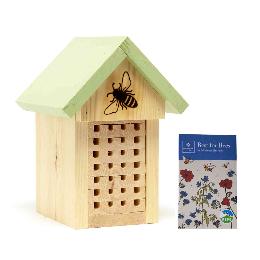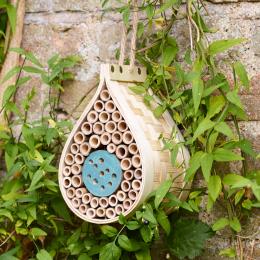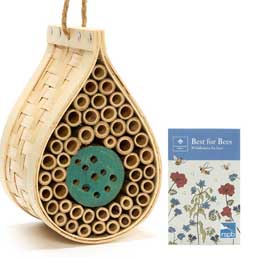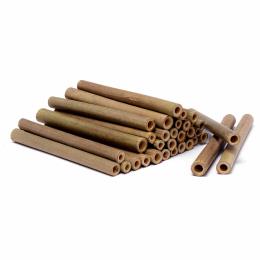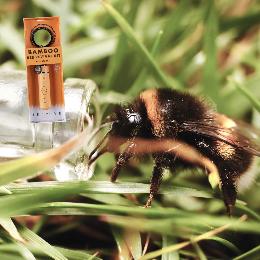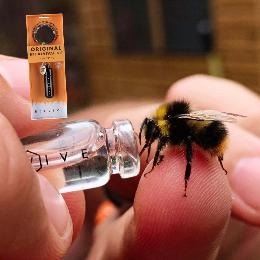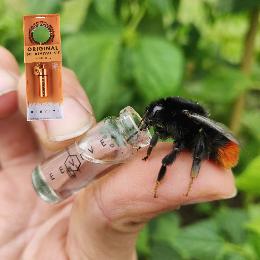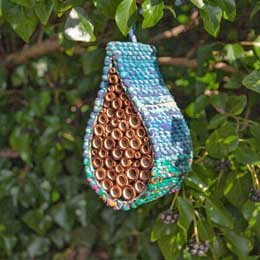Slide 1 of 1 



No-quibble free returns:
Unhappy with your item? We offer no-quibble free returns
Nature-friendly products:
Sourced through ethical and sustainable accreditations
Free delivery over £40:
£3.95 standard UK shipping, or free shipping over £40
Supporting the RSPB:
Every purchase you make supports wildlife
Bee houses
The decline in the bee population in recent years is extremely worrying, and will be catastrophic if the decline continues. As pollinators, bees play a huge part in the ecosystem by supporting the growth of trees, flowers, and other plants which serve as food and shelter for various animals, as well as oxygen for us all! Explore our range of bee houses, biomes & barrels, and provide these important pollinators with a safe nesting place in your garden.
9 list items
Bee hotel FAQ
How to attract bees to your garden?
You can attract bees to your garden by planting a variety of pollen and nectar-rich flowers that bloom throughout the seasons and by adding a bee hotel. This can provide year-round food and shelter for bees and make your garden a more appealing place for bees to visit.
What is a bee hotel?
A bee hotel, also known as a bee house, is a structure designed to provide nesting and shelter for solitary bees. Bee hotels are typically wooden structures with various-sized holes or tubes that mimic the natural nesting sites of solitary bees inside.
Where to put a bee hotel?
Bee hotels should be placed next to flowering plants and in a place which receives morning sun exposure as bees are cold-blooded and solitary bees don’t have the help of a hive to warm up. The bee hotel should also be at eye level so it’s easy to find and needs to be stable to ensure protection from extreme weather.
Which bees use a bee hotel?
Solitary bees like the Red Mason or Leafcutter use bee hotels for shelter and nesting sites throughout the year. Other factors that can alter which bees use your hotel are location, nesting material and hole sizes, which will attract different species of bee.

